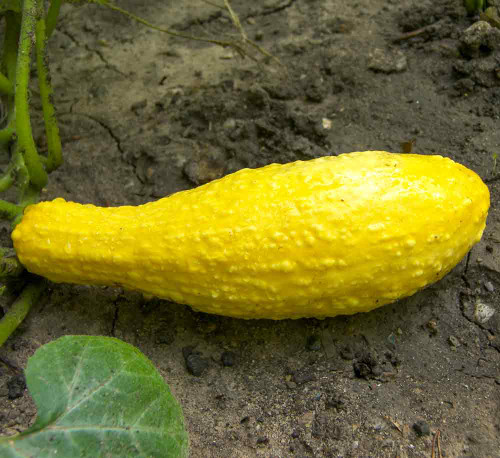Description
Benning’s Green-Tint Scallop Summer Squash - The Best Tasting Summer Squash Available
High yields of pie shaped scalloped fruits with sweet, fine textured, pale green flesh on a semi open bush. Green tinted in its youth but turns creamy white as it matures. Benning's Green Tint always stands out in a crowd but is known for its hints of sweetness.
This variety dates back to 1914 when it was listed by F.W. Bolgiano & Co., Washington, DC.
Patty-pan squash are fast maturing, making them an excellent choice for those struggling with perennial squash bug issues. These can be planted a bit later to avoid the peak squash bug season while still producing a sizable harvest.
History
From William Woys Weaver’s excellent book “Heirloom Vegetable Gardening”:
“This squash originated among the native peoples of the eastern United States, for it was known from Virginia to New England by a number of local names in various Indian languages. Both the yellow and white varieties date from pre-Columbian times, although the white has gradually supplanted the yellow over the past century and a half. In England, this squash is known as the custard marrow, in France as the patisson panaché. The old name cymlin or cymling was given to this squash in the 17th century, owing to its similarity in size and shape to the English simnal cake, a fluted cake made during Lent.
One of the oldest depictions of the patty-pan squash appeared in Mattias de l’Obel’s Plantarum seu Stirpium Icones (1591). The fruit looks very much like the patty-pans of today. The fact that this East Coast squash appeared in European botanical works prior to white settlement in the region suggests intriguing pre-contact seed exchanges that have not been given much notice by plant historians.”
Uses
Fruits are most tender at 2 - 3" size and excellent grilled.
Growing Tip
Sow 5 seeds per hill, 4' apart. Thin to best 2-3 plants. Squash seeds dislike cold soil. It's better to wait until the soil is warm to plant the seeds.
Learn More
- Steam Spaghetti Squash with Pasta Sauce
- Roasted Butternut Squash Soup
- Squash Bugs and Ways to Deal With Them
From the soil to the seed to the food you eat - we'll help you grow your best garden!
1 Review
-
Delicious and easy
I've grown this variety for the past three years. It is the best tasting squash I've ever grown, though be sure you harvest them when they are small--no more than 3 inches and preferably 2. If you let them get bigger the skins get really tough. I usually just slice them thin less than 1/4 inch and saute them in butter with a dash of salt but they are good grilled as well. A side benefit is they are easy to grow as well.

















